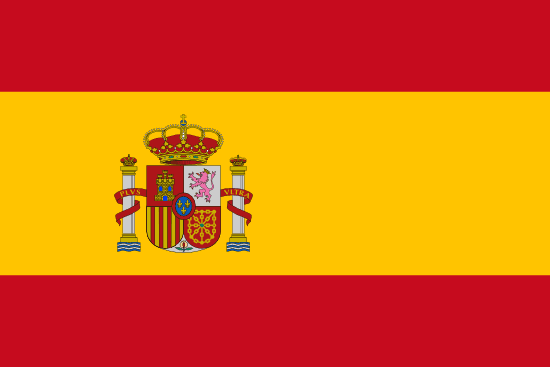"Cáceres, ciudad monumental | Caceres, monumental city"
About:
Cáceres, Spain, was founded by the Romans in 25 BC. Its strategic location made it a key location in numerous conflicts, including the Moorish conquest in the 8th century and the Christian reconquest in the 13th century. The city's Old Town, a UNESCO World Heritage Site, showcases its rich history with a blend of Roman, Moorish, Gothic, and Renaissance architecture. Today, Cáceres is a thriving cultural hub, hosting the WOMAD music festival and serving as a filming location for the series "Game of Thrones."
When to visit:
Cáceres, located in the Extremadura region of Spain, experiences a Mediterranean climate with hot summers and mild winters. The best time to visit Cáceres is during the spring and autumn months, specifically from April to June and September to October. During these seasons, the weather is generally pleasant with comfortable temperatures ideal for exploring the city's historic sites and outdoor attractions. Additionally, visiting during these times allows you to avoid the peak tourist crowds that flock to the city during the summer months.
When to avoid:
Traveling to Caceres, Spain, during the peak holiday season of August is generally considered the worst time due to the extreme heat and influx of tourists. The scorching temperatures can make outdoor sightseeing and exploration uncomfortable, particularly for those unaccustomed to high heat. Additionally, popular attractions and accommodations may be crowded and more expensive during this time. To avoid the heat and crowds, it is advisable to plan your visit during the shoulder seasons of spring or fall when the weather is more pleasant and the tourist crowds are thinner.
Winter (Dec-Feb)
In Caceres, Spain, the coldest and wettest season is winter, particularly January. The average temperature is around 8°C, with highs of 12°C and lows of 4°C. Rainfall is highest in this month, with an average of 50mm over 11 days. Sunlight is limited, with only about 5 hours per day. Cloud cover is high, often resulting in overcast skies. An average day for a visitor might involve bracing the chilly weather and occasional rain showers, with fewer hours of daylight for sightseeing. It's a great time for indoor activities like museum visits and local dining.
Summer (June - August)
Caceres, Spain experiences its warmest part of the year from June to August. During this time, the average high temperatures range from 30°C to 35°C (86°F to 95°F). The city sees minimal rainfall in these months, with July being the driest. The summer season receives about 10-11 hours of sunlight per day, providing plenty of daylight for outdoor activities.
Humidity levels during the summer months are relatively low, usually around 30-40%, making the heat more bearable. Cloudiness is also minimal, resulting in clear, blue skies most of the time.
For a visitor, a typical day in Caceres during the warmest part of the year would feel hot, especially in the afternoon. However, the low humidity keeps the heat from feeling oppressive. The mornings and evenings are more comfortable, with temperatures dropping slightly. It's the perfect weather for sightseeing, as long as one is prepared with sun protection, hydration, and maybe a siesta during the peak heat.
Language:
In Cáceres, a city in the western Spanish region of Extremadura, the most commonly spoken language is Spanish, specifically in the Castilian dialect. This is the official language of Spain and is used in all aspects of daily life, from business to education. Additionally, some residents may also speak Extremaduran, a Romance language of the Astur-Leonese group, though it is less common.




